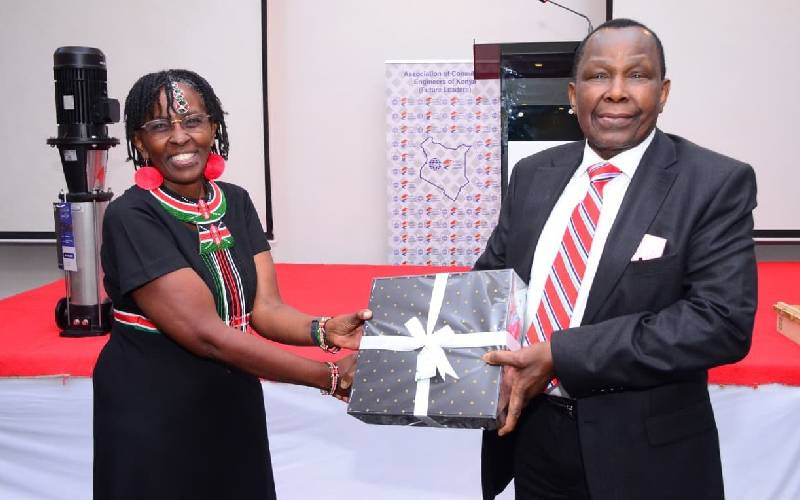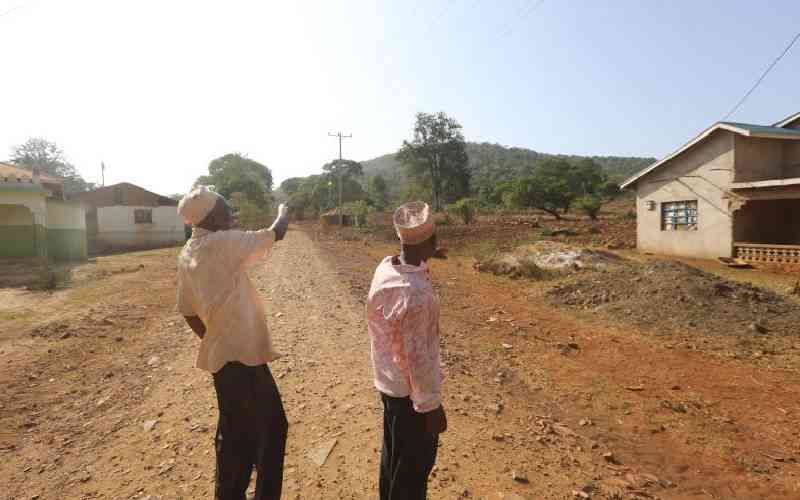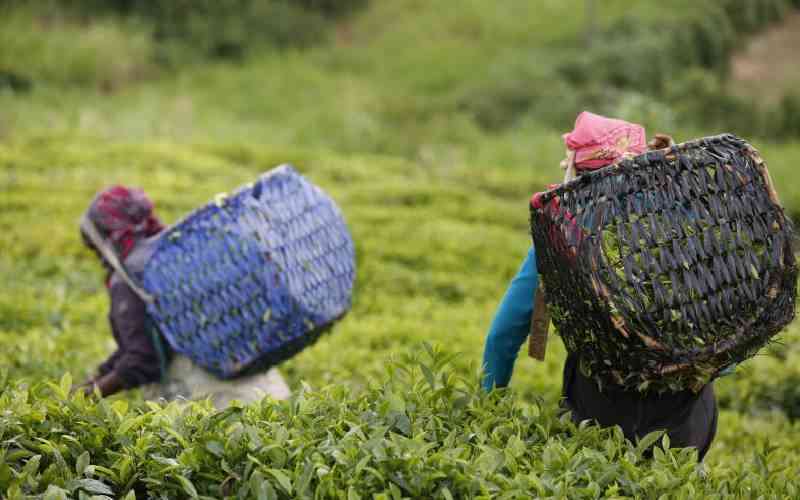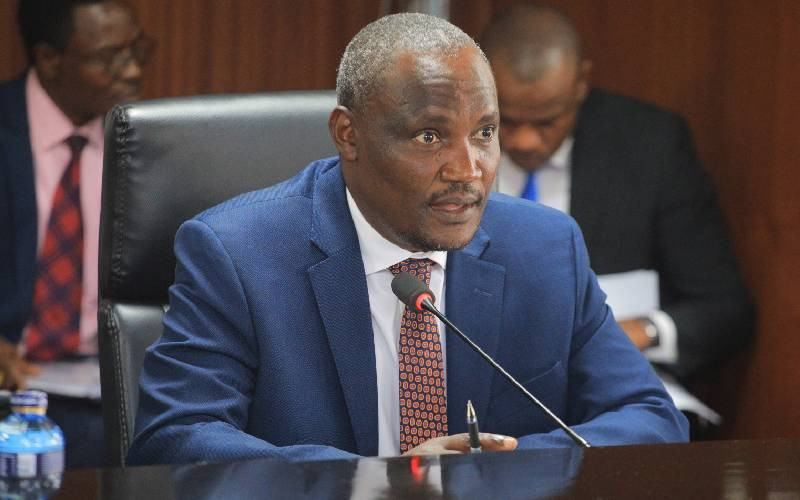×
The Standard e-Paper
Home To Bold Columnists

On a sunny afternoon under a tree, a group of Community Health Promoters and local community members have gathered. This informal yet critical meeting is part of an ongoing effort to tackle malaria, one of the most pressing health challenges in the region.
The CHPs, equipped with their knowledge and tools, are guiding the community through a comprehensive malaria control case management. The meeting begins with CHPs offering health education and raising awareness on malaria prevention.







